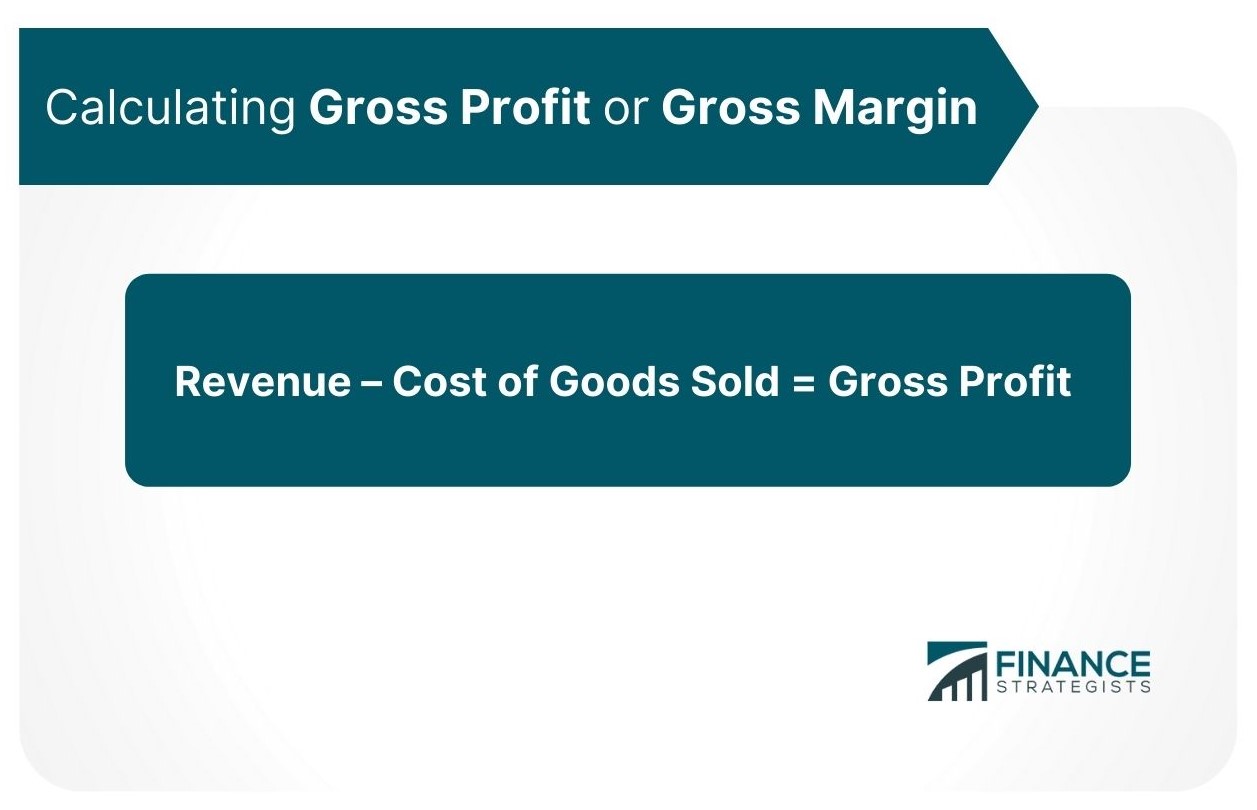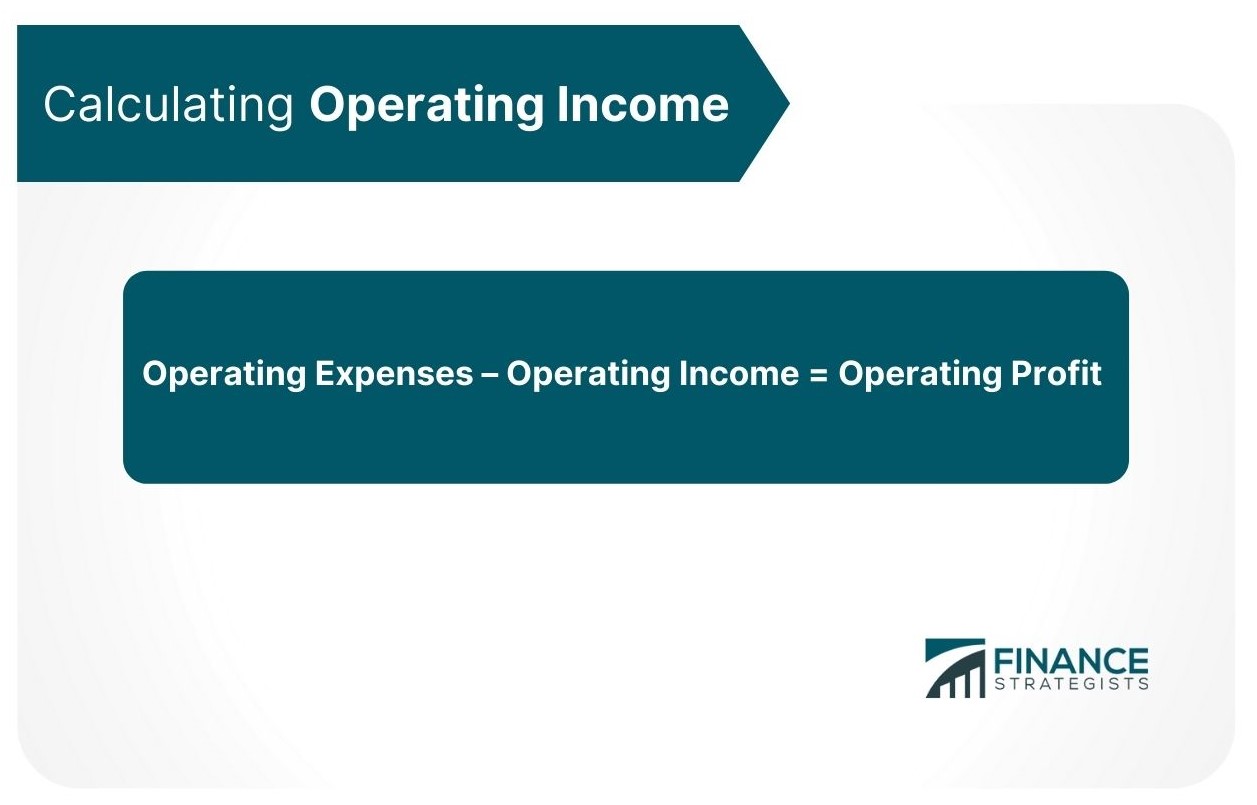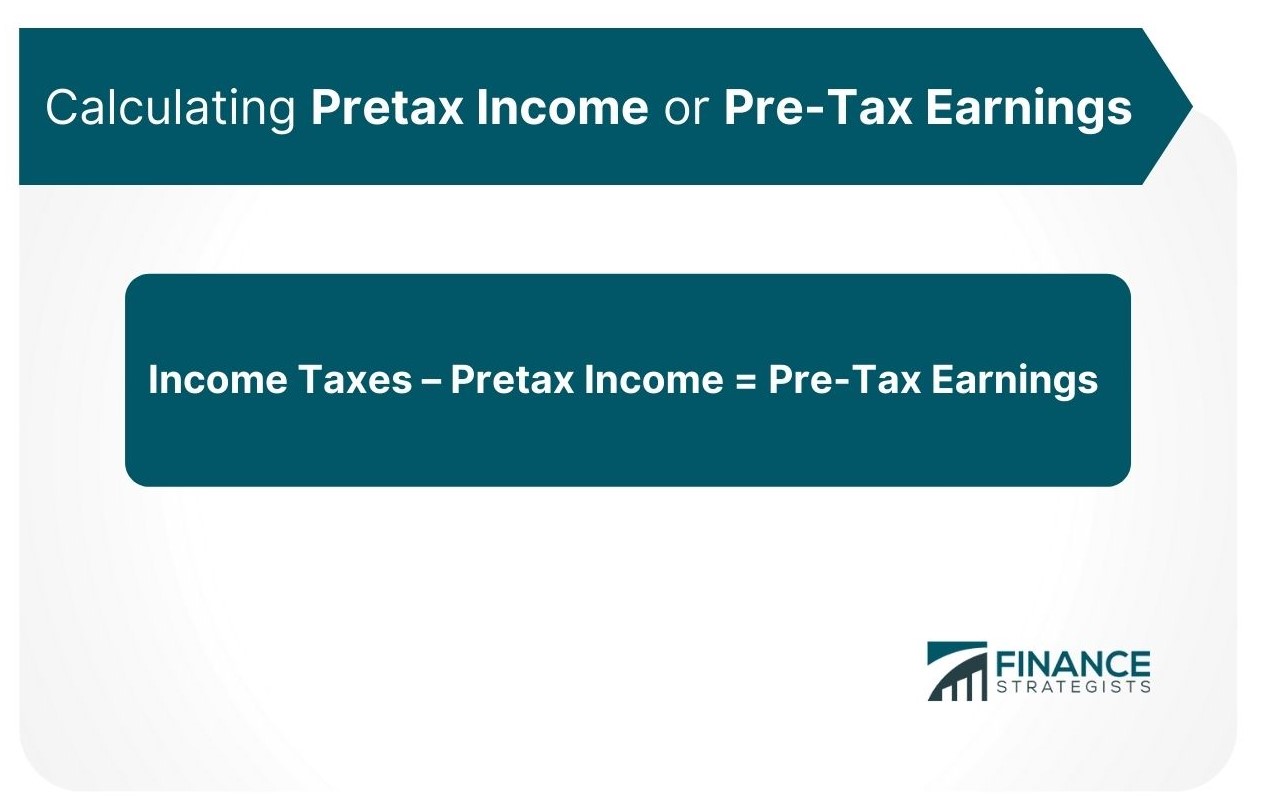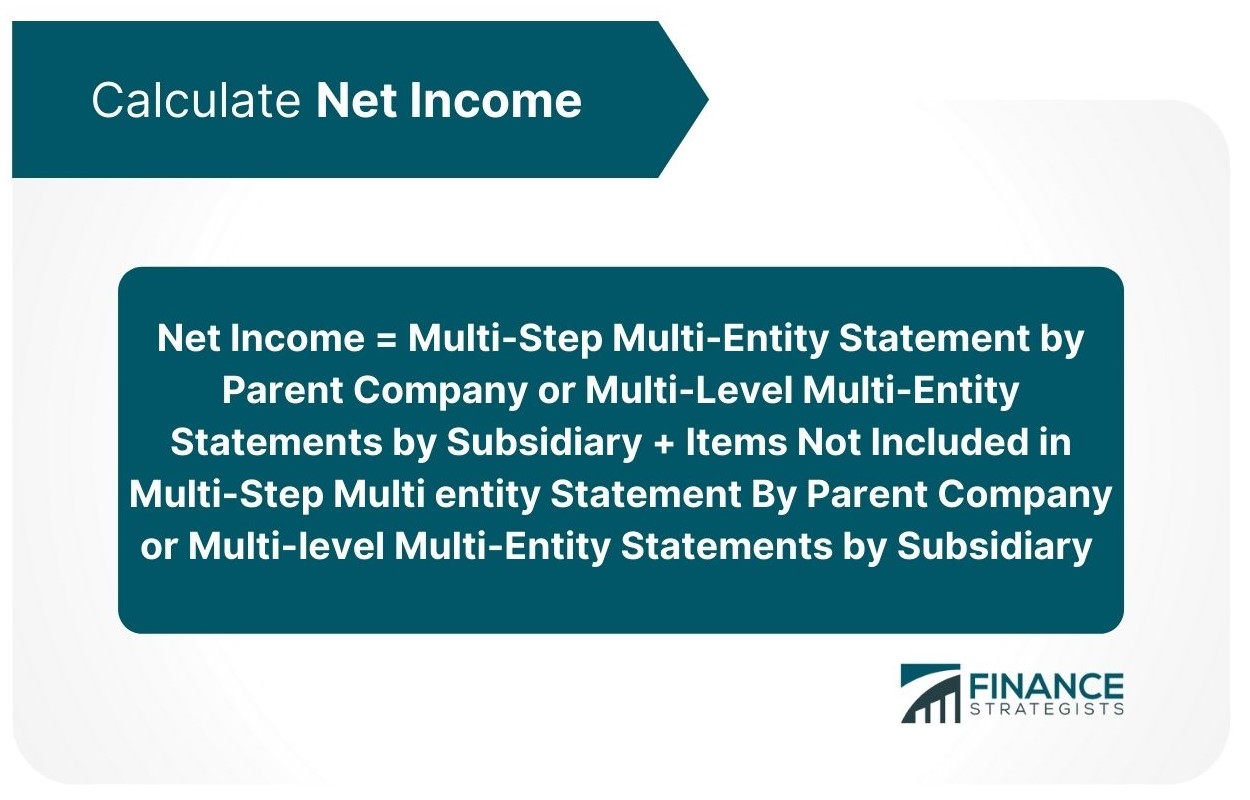A Multi-Step Income Statement is a financial statement that includes more than one step. It is used to summarize the information on the income statement, usually aggregating several years of data, or summarizing different levels of detail available in the general ledger. Moreover, it also helps show how certain line items relate to each other. Multi-Step Income Statements are also referred to as Multi-Step Statements, Multi-Level Income Statements, Multi-Tiered Income Statement, and Multi-Tiered Reporting. Multi-Step Income Statements are useful for clarity and ease of reporting information at different levels. It is used by summarizing the aspects that are important to each organization or purpose for producing a Multi-Level Income Statement. It makes it easier to report complex information while being more comprehensive than single-step statements. Multi-level income statements are also often produced in compliance with some laws and regulations. There are three main Multi-Step Income Statement types: Multi-step Income Statement By Time, Multi-step Income Statement by Sales Contribution, Multi-step Multi-entity Income Statement. There are two main categories of Multi-Steps by Time: Single Column Multi-Step, Multi-Column Multi-Step. A Multi-Step by Sales Contribution is a Multi-Step Income Statement that groups transactions into categories based on the percent contribution to total sales for each category. Multi-step by Sales Contribution Multi-Step Income Statement is used when it is necessary to show the contribution of different products or services from a company's total revenue. There are three main Multi-Step Multi-Entity Income Statements: Multi-Step Multi-Entity Statement by Parent Company, Multi-Step Multi-Entity Statement by Subsidiary, Multi-Step Multi-Entity Statement by Combined Operations. The Multi-Step Income Statement is more comprehensive and easier to understand. It can be used to compare more of the company's products and services at once. A Multi-Step Income Statement is useful for summarizing large amounts of data, while still giving relevant information. On the other hand, Single-Step Income Statements are typically used when there is only one product or service available. It can be used to break down expenses by department or object, however, Multi-Step Income Statements are more commonly used. To create a Multi-Step Income Statement, the following steps should be followed: The first step is to calculate gross profit. This is done by subtracting the cost of goods sold from revenue. Subtract operating expenses from a Multi-Step Income Statement Operating expenses are expenses that relate to the main income statement, and they include items such as general administrative costs, selling, and distribution expenses. Subtract income taxes from the Multi-Step Income Statement. Income taxes are paid by the company on its taxable income, which is calculated by subtracting deductions (such as business expenses, interest payments, and donations) from revenue. Using the Multi-Step Multi-Entity Statement by Parent Company or Multi-Level Multi-Entity Statements by Subsidiary. Use step one to calculate the Multi-Step Multi-Entity Statement by Parent Company or Multi-Level Multi-Entity Statements by Subsidiary. Using the Multi Step Income Statement Combined Operations, use Multi-Step Multi-Entity Statement by Parent Company or Multi-Level Multi-Entity Statements by Subsidiary. Use step one to calculate the Combined Multi-Step Multi-Entity Multi Step Income Statement Combined Operations. Net Income is calculated by adding items that are not included in Multi-Step Multi-Entity Statement By Parent Company or Multi-level Multi-Entity Statements by the Subsidiary, such as extraordinary items and discontinued operations. The Multi-Step Income Statement is very efficient when analyzing a company's performance. The Multi-Step Income Statement is a useful multi-step financial statement. It can be used to analyze company performance and allow for a more detailed analysis compared to a single-step income statement. Multi-Step Income Statements take more time than single-step income statements, however, they give the company evaluating them an advantage when it comes to finding trends in the data being represented. Why Should You Use One in Your Financial Analysis?
Types of Multi-Step Income Statement
Multi-Step Income Statement by Time
Multi-Step Income Statement by Sales Contribution
Multi-Step Multi-Entity Income Statement
Multi-Step Income Statement vs Single-Step Income Statement
How to Create a Multi-Step Income Statements
Step 1: Calculating Gross Profit or Gross Margin

Step 2: Calculating Operating Income

Step 3: Calculating Pretax Income or Pre-Tax Earnings

Step 4: Calculating Multi-Step Multi-Entity Statement by Parent Company or Multi Level Multi-Entity Statements by Subsidiary (This Is Dependent on Your Report)
Step 5: Calculating Combined Operations
Step 6: Calculate Net Income

Benefits and Drawbacks of a Multi-Step Income Statement
Benefits of a Multi-Step Income Statement
Drawbacks of a Multi-Step Income Statement
The Bottom Line
Multi-Step Income Statement FAQs
A Multi-Step Income Statement can be defined as an income statement that breaks down the steps required to calculate net income. It is more detailed compared to a typical single-step income statement.
The Multi-Step Income Statement allows for more in-depth analysis compared to a Single-Step Income Statement. It is very popular because it not only shows gross profit but also product vs labor contribution margins and even net income.
Businesses that sell products and services fall into the Multi-Step Income Statement. They would benefit from this type of statement because they can see a more detailed representation of their operations.
A Multi-Step Income Statement can be used to analyze company performance and allow for a more detailed analysis compared to a single-step income statement.
Typically, Multi-Step Income Statements should be prepared and reviewed on a regular basis. This can help ensure that entities are accurately tracking their financial performance and making necessary adjustments to maximize efficiency.
True Tamplin is a published author, public speaker, CEO of UpDigital, and founder of Finance Strategists.
True is a Certified Educator in Personal Finance (CEPF®), author of The Handy Financial Ratios Guide, a member of the Society for Advancing Business Editing and Writing, contributes to his financial education site, Finance Strategists, and has spoken to various financial communities such as the CFA Institute, as well as university students like his Alma mater, Biola University, where he received a bachelor of science in business and data analytics.
To learn more about True, visit his personal website or view his author profiles on Amazon, Nasdaq and Forbes.















